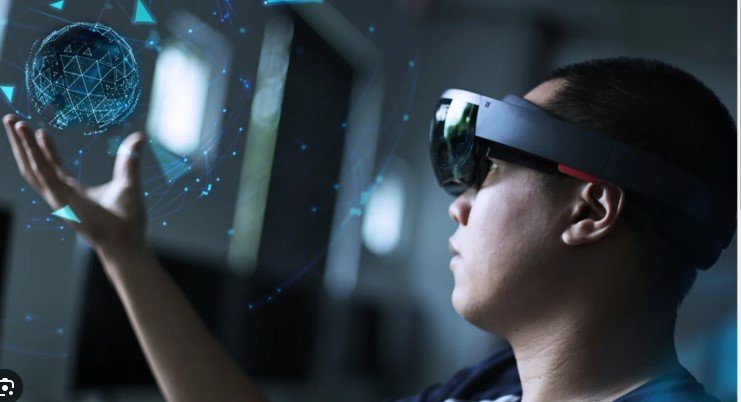Augmented Reality (AR) is changing how we interact with the world. It blends digital elements with the real world, creating immersive experiences. From gaming to education, AR is transforming industries by offering more engaging and interactive ways to engage users. In this post, we’ll explore how AR is reshaping user experiences across various sectors.

Enhancing Entertainment and Gaming
AR is revolutionizing the entertainment industry, especially in gaming. Games like Pokémon GO brought AR to the masses, allowing users to interact with virtual characters in real-world environments. This blend of digital and physical worlds creates a new level of immersion. Players can explore their surroundings while enjoying an interactive game. As AR technology advances, more immersive experiences in gaming are on the horizon, making entertainment more interactive and fun.
Transforming Retail and E-commerce
AR is also transforming the retail industry. Online shopping has become more interactive with AR features. Customers can now virtually try on clothes, accessories, or even visualize how furniture looks in their homes. This enhances the shopping experience by allowing consumers to make better-informed decisions. Retailers are using AR to bridge the gap between online and in-store experiences, offering a more personalized and engaging shopping journey.
Revolutionizing Education and Training
In education, AR is changing how students learn and interact with information. It makes complex subjects more accessible by providing interactive and visual learning tools. For example, AR can bring historical events or scientific concepts to life through immersive simulations. In training scenarios, AR helps professionals practice skills in a safe, virtual environment before applying them in real life. This hands-on approach enhances learning and improves retention.
Improving Healthcare Services
AR is making significant strides in healthcare. Surgeons use AR to overlay vital information during procedures, improving precision and reducing risks. Medical students can also use AR to visualize anatomy in 3D, offering a deeper understanding of the human body. AR also helps in therapy, where patients use virtual elements to aid in rehabilitation. The ability to view critical data in real time enhances both patient care and medical education.
Enabling Smart Navigation and Assistance
AR is enhancing navigation systems, especially in urban areas. With AR, users can view real-time directions overlaid on their surroundings, making navigation simpler and more intuitive. This technology is also being used in vehicles, where AR displays important driving information on the windshield. From heads-up displays to real-time traffic updates, AR is improving navigation and assisting drivers in making safer decisions.
Conclusion
Augmented Reality is reshaping how we experience the world. It is transforming industries like gaming, retail, education, healthcare, and navigation. AR enhances user experiences by providing more interactive, immersive, and informative environments. As this technology continues to evolve, its applications will only grow, offering more opportunities for businesses and consumers alike to explore new ways of interacting with digital content.











